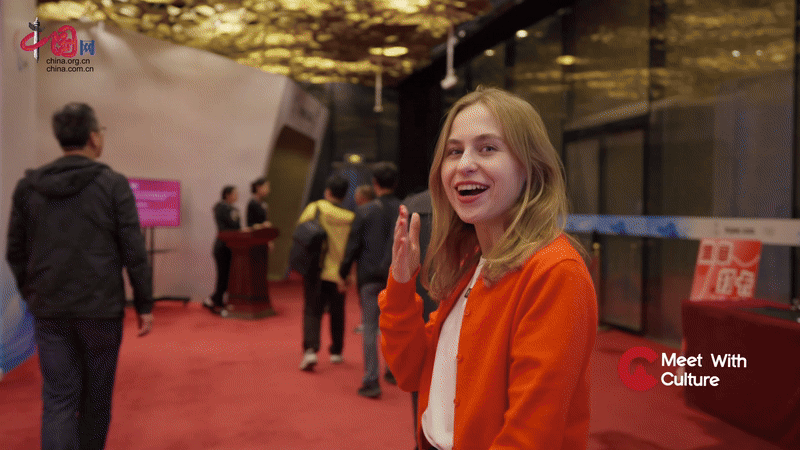We will stay firmly rooted in Chinese culture. We will collect and refine the defining symbols and best elements of Chinese culture and showcase them to the world. We will accelerate the development of China’s discourse and narrative systems, better tell China’s stories, make China’s voice heard, and present a China that is credible, appealing, and respectable.
Meet With Culture | Unique Landscapes and Cultural Symbols of the “Dual Olympic City”
发布时间:2025-01-03 08:41:39 | 来源:中国网-中国习观 | 作者: | 责任编辑:曹川川This is a modal window.



In 2008, with the opening of the Beijing Olympics, the traditional Central Axis was extended northward to a total length of 25 kilometers, forming the "modern Central Axis" that connects the Bell and Drum Towers to the Olympic Forest Park. At the opening ceremony of the Beijing Olympics, 29 giant "footprints" made of fireworks symbolized the 29 editions of the Olympic Games and marked the realization of China's dream of hosting the event. Along the northern extension of Beijing Central Axis, national sentiment and urban culture converge in this "Dual Olympic City."

The Olympic Green, as a modern sporting and cultural space, is a place of milestone significance. The park skillfully integrates the pattern of "dragon"– a classical image and symbol in Chinese architecture and even Chinese culture – into its overall design. It represents the starting point of both the construction of modern cultural spaces and the continuity of traditional cultural spaces. From inside to outside, it forms a "transitional space" marking the transformation from a traditional cultural space to a modern cultural space in the city.

The Golden Hall of Auspicious Clouds features red carpets with auspicious cloud patterns and screen walls inscribed with the poem "To the Tune of Qin Yuan Chun"; The Silver Hall of Running Rivers features hand-drawn murals depicting ancient Chinese sports. All of them compose a picture of the long history of Chinese culture.

The Bird's Nest is an eco-friendly sustainable stadium. It embodies the connotations of home, harmony, and inclusiveness in Chinese culture.
In terms of overall spatial layout, the Bird's Nest and the Water Cube continue the symmetrical arrangement of Beijing's traditional Central Axis. The Bird's Nest is located on the east side of the Millennium Trail, while the Water Cube is on the west. Architecturally, the round Bird's Nest and the square Water Cube reflect China's traditional layout and the philosophical concept of "round heaven and square earth."

The design of the watchtower was inspired by the Chinese dragon, featuring graceful, curved lines. Its structure consists of 24 steel columns, symbolizing the 24 Solar Terms. The surfaces of these columns are coated with 17,000 square meters of PVDF paint, which changes color with the light, creating a dynamic and ever-changing visual display.
The northern extension of Beijing Central Axis concludes at the Olympic Forest Park, creating a landscape architectural layout that blends the principles of yin and yang, embraced by mountains and waters. As an element of traditional Chinese culture, the landscape garden culture, combined with modern architectural designs, forms a stunning scene that harmoniously fuses tradition with modernity.

The modern Central Axis is a continuation and extension of the traditional Central Axis, so that the history and nationality continue to grow and develop in this "modern space". It is not just an urban planning concept but also embodies a cultural philosophy that connects the past with the future, carrying the cultural memory and philosophical thought of the Chinese nation. Moreover, it encourages people to respect tradition while seeking innovation in urban development, ensuring that the tree of culture continues to thrive.
For the ancient city of Beijing, each historical era has left behind a rich legacy of both tangible and intangible heritage. It is the collective recognition of tradition and history that has crystallized into cultural symbols in modern urban spaces. The inclusiveness, diversity, and enterprising spirit of Chinese civilization provide a strong foundation for the preservation and continuation of the nation's exceptional traditional culture.
(Executive Producer: Wang Xiaohui; Production Supervisor: Xue Lisheng; Line Producer: Yu Li; Chief Planner: Ding Suyun, Cao Chuanchuan; Planner: Li Ying; Translator: Liu Haile)

